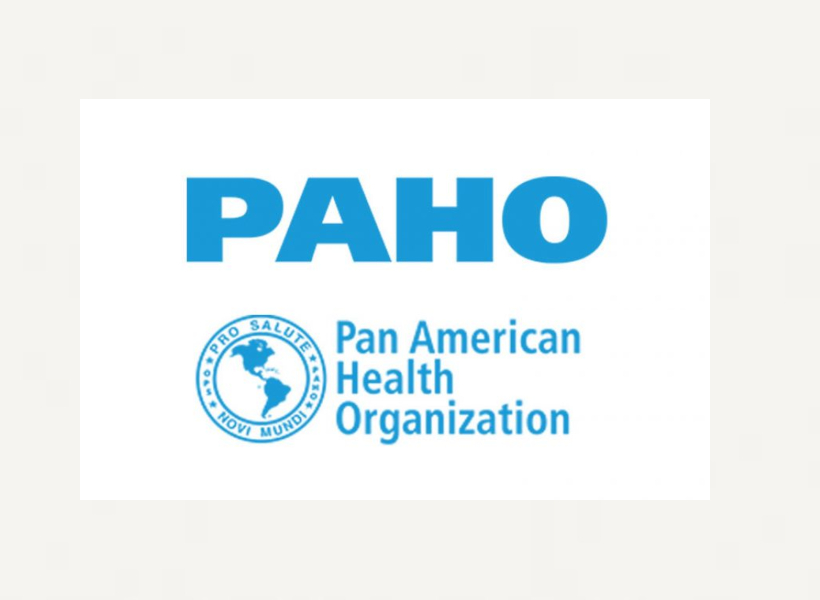The Pan American Health Organization (PAHO) is calling on countries in the Americas to reinforce their measures for diagnosing and managing chikungunya, a viral disease transmitted by the Aedes mosquito. PAHO has issued the alert due to an increase in reported cases in some areas, as well as higher numbers of people susceptible to the disease and the start of the peak transmission season in the Southern Cone.
Chikungunya fever can cause high fever, joint and muscle pain, and headaches. While there is no approved vaccine or specific treatment for the disease, PAHO recommends that persons seek immediate medical assistance at a health clinic if infection is suspected.
PAHO’s epidemiological alert, published on February 13, reported that there were over 137,000 reported cases and 12 deaths due to the disease in 2021. However, cases nearly doubled in 2022, with 95 deaths reported in 13 countries and territories of the region, the majority of which were in Brazil. In the first four weeks of 2023, 30,707 cases of chikungunya were reported, with 70% occurring in Paraguay, as well as 14 deaths.
PAHO has urged Member States to continue strengthening their surveillance, triage, diagnosis, and appropriate treatment of chikungunya and other mosquito-borne disease cases. The organization also called on countries to increase their health service capacity and preparedness, including drawing up plans for screening and reorganizing services in case of outbreaks and strengthening care networks.
PAHO’s surveillance guidelines include recommendations for appropriate sampling and laboratory algorithms for diagnostic confirmation by molecular testing (RT-PCR) and consideration of differential diagnosis with other pathologies. The organization also recommends that specific care be provided to patients at different levels of care and stages of infection, which may require training of health personnel in diagnosis and case management.
The most effective protection against chikungunya is to avoid mosquito bites, and the main method of reducing transmission is to mobilize communities to reduce and eliminate mosquito breeding sites.













